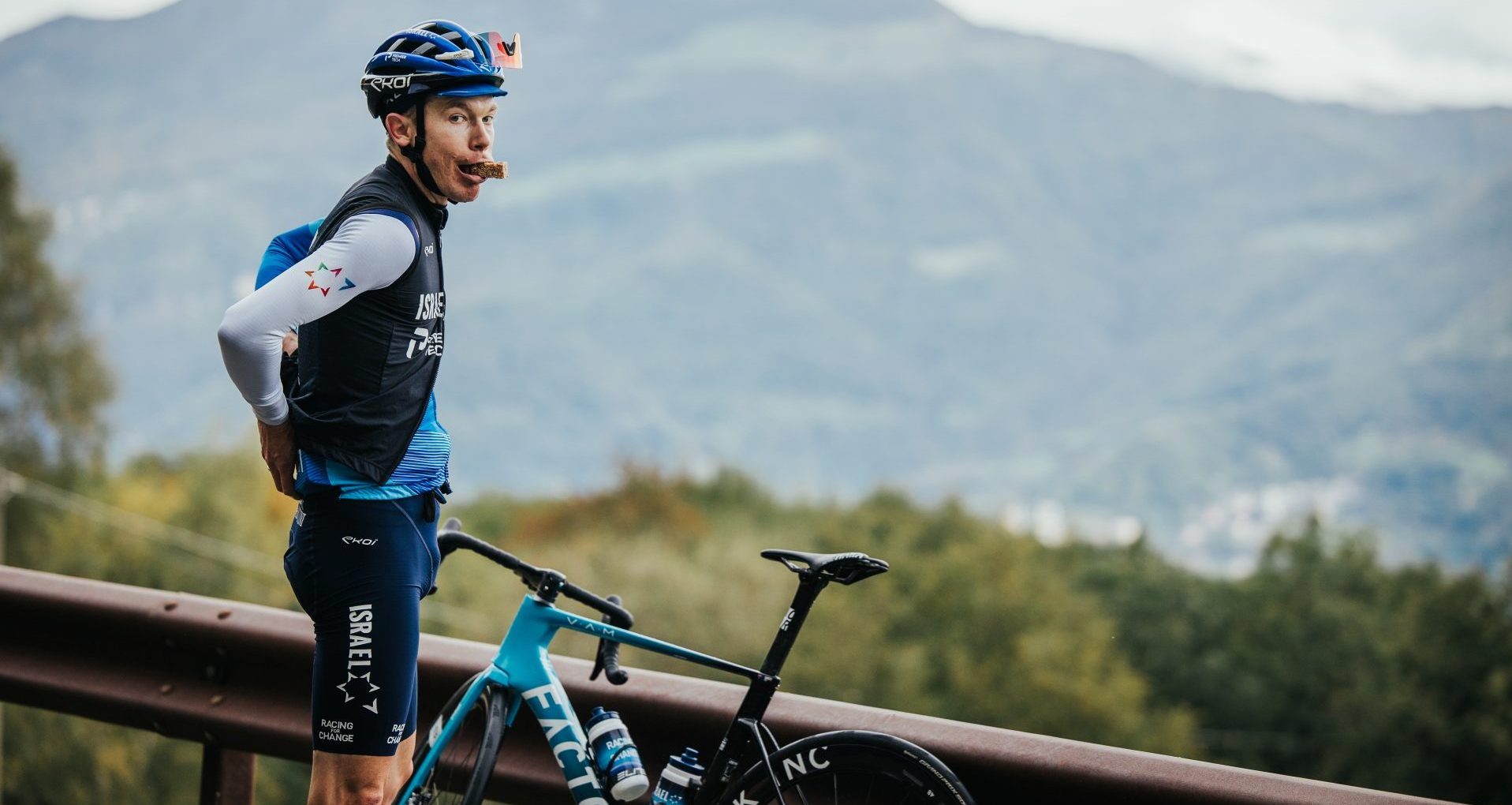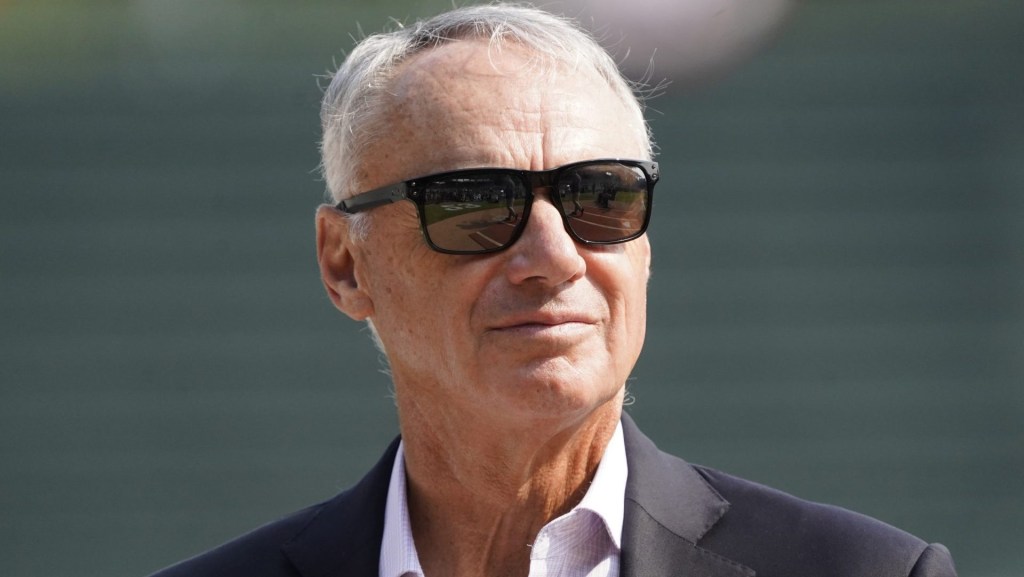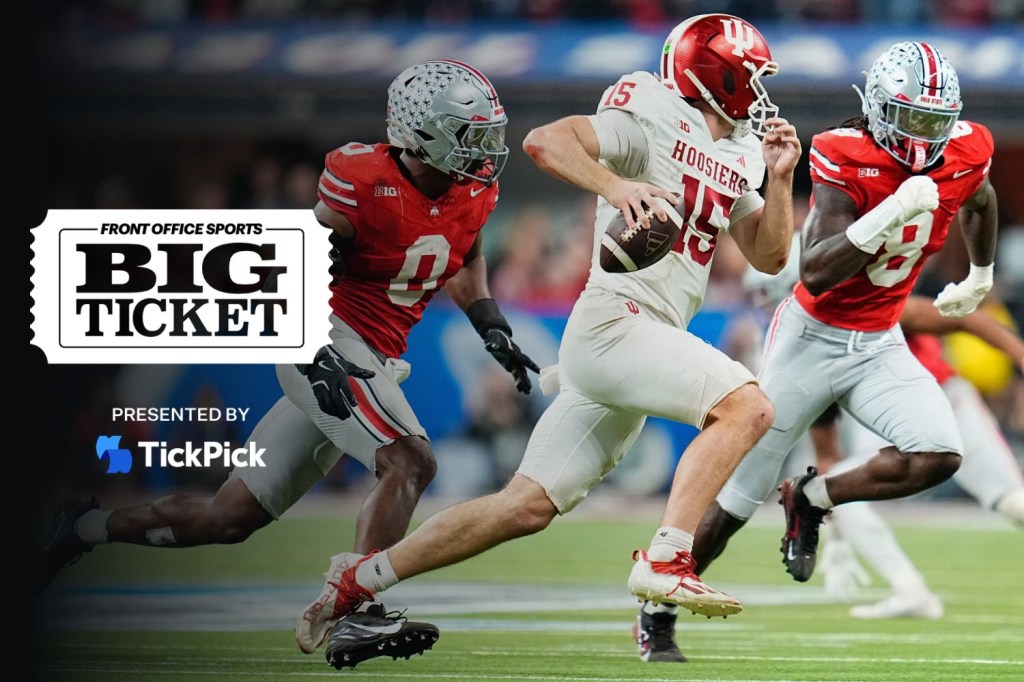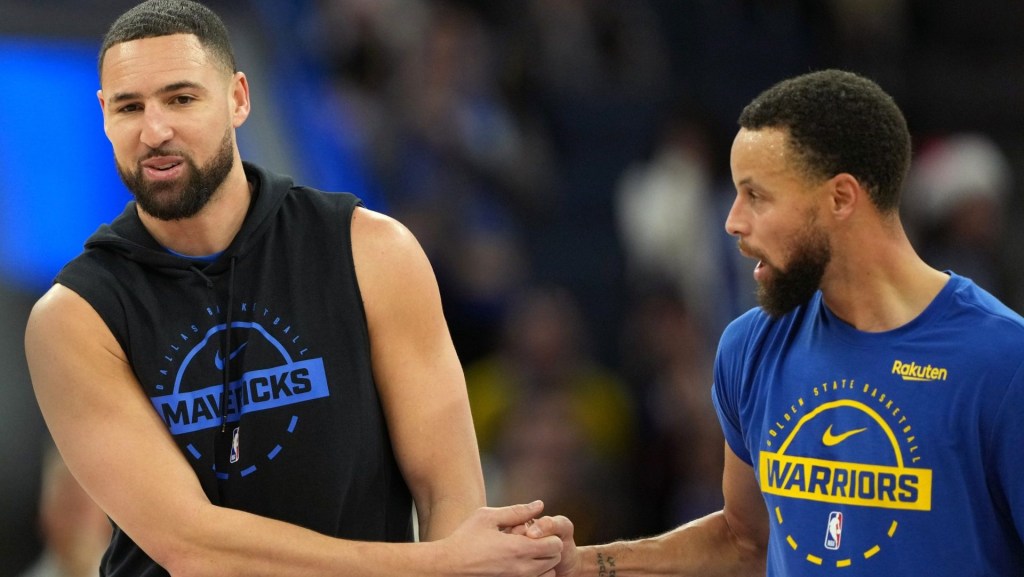The day before she lines up to race a marathon, professional runner Molly Huddle has another goal: Consume an entire box of 16 Rice Krispies Treats.
Like many endurance athletes, she carb-loads the day before a long race to top off her muscles’ stores of glycogen, which her body breaks down into glucose that fuels her strides. These kids snacks are an easy, convenient way to help her hit the 300 to 500 grams she needs.
“I wanted something that I liked eating, so it wasn’t a chore, and something that wasn’t going to set off my gut the next day,” Huddle tells Front Office Sports. “Any rice-based food, I noticed, always sat really well with me. Put a little sugar on the rice, and there you go.”
A recent revolution in sports nutrition science has dramatically increased endurance athletes’ carb consumption. That, in turn, has had massive business implications—global sales of energy gels alone, one of the most popular products engineered and marketed to meet these needs, are expected to increase from $635 million in 2024 to approximately $1.3 billion by 2034, according to market intelligence firm Precedence Research.
But also rising in popularity are lower-tech, lower-cost solutions—in particular, the humble Rice Krispies Treat.
Huddle, a two-time Olympian and a former American record holder at distances from the 5,000 meters to the half marathon, isn’t alone in her snack choice. Other fans include Hobbs Kessler, a middle-distance runner who went to the Paris Olympics in both the 800 meters and 1,500 meters and who keeps them in his car for a post-workout treat. And racers in last month’s Tour de France could be seen sliding foil-wrapped packets of chef-made crispy rice cakes out of their pockets or even securing the sticky bars directly to their handlebars with hair ties.
Nick Schultz, a cyclist who rides for the Israel-Premier Tech team and finished the Tour de France in 2022 and 2023, eats them almost every day in training and competition, he tells FOS. “On race days, I’ll almost certainly snack on one or two between breakfast and the race start time, along with filling my pockets with at least four squares to go with gels, bars, and drink mix from Nduranz,” a sports nutrition brand, he says.
In recent years, science has shown that endurance athletes can improve their performance by eating far more carbs than previously advised during competition, as researchers increasingly understand the limits—or lack thereof—of the human gut.
“I took a sports nutrition class in grad school in 2007, and at that point we thought 30 to 50 grams of carbs an hour was enough; we didn’t think anyone could actually take in much more than 60, maybe 70 grams,” sports dietitian Meghann Featherstun tells FOS. “In the last 15 years of nutrition research, we know people can take in 100, or could literally absorb and utilize 120 grams of carbs, if it’s the right combination of different types.”
That’s where all those millions of dollars of gels come in. Companies like Maurten, Gu, and Science in Sport produce packets of highly portable, easily digestible carbs, along with related products like sports drinks and chews. Many have sponsorship deals and marketing campaigns with cycling teams and high-profile athletes—think two-time Olympic marathon champion and sub-2-hour marathoner Eliud Kipchoge for Maurten—and are typically priced from $2 to $5.50 per serving.
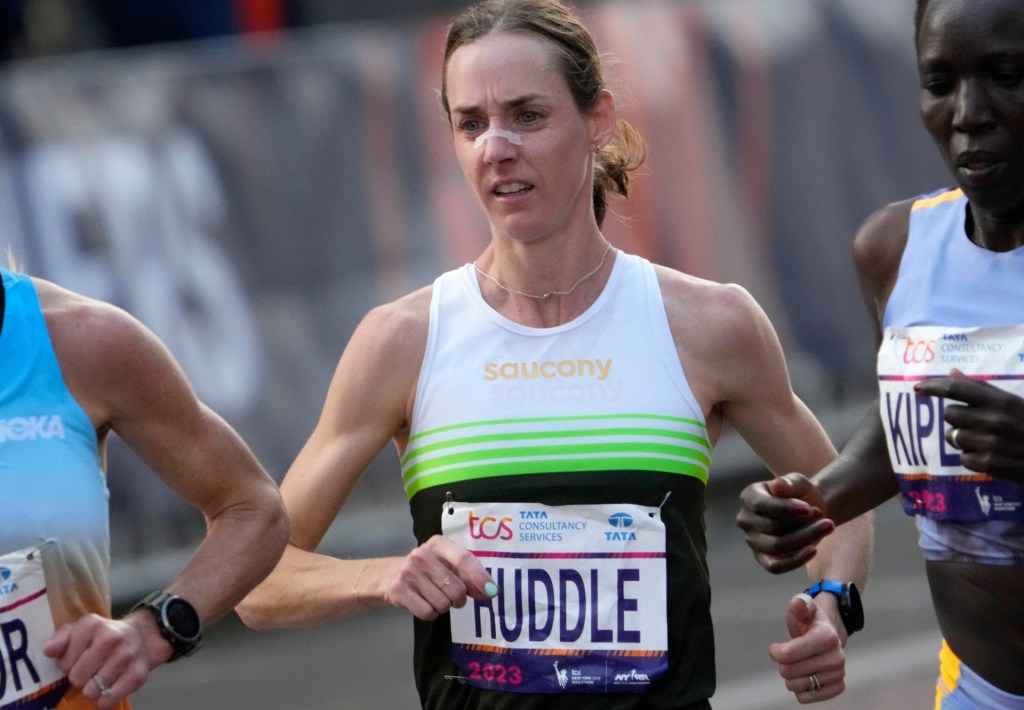
But solid foods can work too, especially for cyclists, who have more places to store them and less stomach jostling to disrupt digestion.
And while athletes like Kessler don’t need fuel during a race that lasts less than 4 minutes, they deplete their glycogen during hard training sessions. The sooner they replenish—and the more they stay on top of their overall carb needs, which far exceed those of the sedentary—the better they can soak up all the benefits of their hard work, Geoff Burns, a physiologist at the U.S. Olympic and Paralympic Committee who’s known Kessler for years and advises him on the science of performance, tells FOS.
As childlike and basic as they seem, Rice Krispies Treats are actually a sort of brilliant fuel source for endurance athletes. “Simple carbohydrates are excellent for performance and for restocking glycogen stores,” Featherstun says. “And there’s no more simple carbohydrate than a Rice Krispies Treat that has marshmallows, which are sugar, and processed white rice.”
In fact, Burns tells athletes that while they need other nutrients from a balanced diet throughout the day, “in and around a training session, eat like your eight-year-old self would want to eat.”
Rice Krispies Treats are also much cheaper than gels—that 16-bar pack goes for $4.89 at Target, or $0.30 each. (Maurten’s products are about 15 times more expensive.) And you can make them at home for even less. The souped-up version on Featherstun’s website, which bumps up the carb content with Funfetti cake mix, is among her most popular recipes.
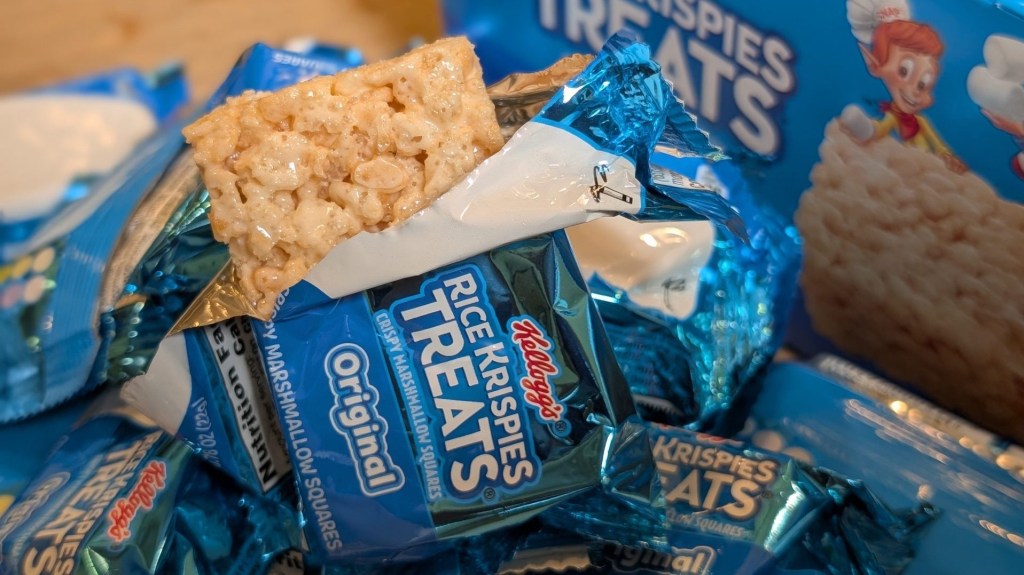
Schultz and his wife Lizzie Holden, also a pro cyclist, used to buy them in stores. But Holden loves baking, and after a while, she created a go-to Rice Krispie Bar recipe and countless variations, which she shares on an Instagram account called Pock-It Fuel. Her basic blueprint has now taken off with Israel-Premier Tech and many other teams on the Tour.
It’s easily adaptable to fight flavor fatigue—Holden has even concocted savory options like miso and seaweed—and each gooey square contains about 30 grams of carbs. That helps athletes like her husband reach his goal of 90 to 120 grams per hour mid-race, which during an event like the Tour, can add up to an eye-popping 1,200-plus grams, or 4,800 calories, of carbs per day.
Is Kellanova—which sells Rice Krispies Treats, among other cereals and snacks—seeing a piece of the $50 billion sports nutrition market as a result? A company presentation from last year notes buyers are spending 33% more on the snack bars than they did in 2018; however, it’s unclear whether that cash is coming from endurance athletes rather than parents, and company officials didn’t respond to a request for comment.
But regardless of whether Kellanova reaps a windfall, the trend suggests that, even as gel companies introduce innovations like higher-carb blends and slow-release hydrogels, there’s still a place in the technologically optimized grind of endurance sports for foods any kid would love.
“What I’ve really liked about them is, it’s kind of made on-bike nutrition fun,” Schultz says. “It’s shown that things don’t have to be boring and that you can look forward to digging into your pockets when training or racing. Food is an integral part of our lives and culture. It’s only fitting that you enjoy fueling, too.”
